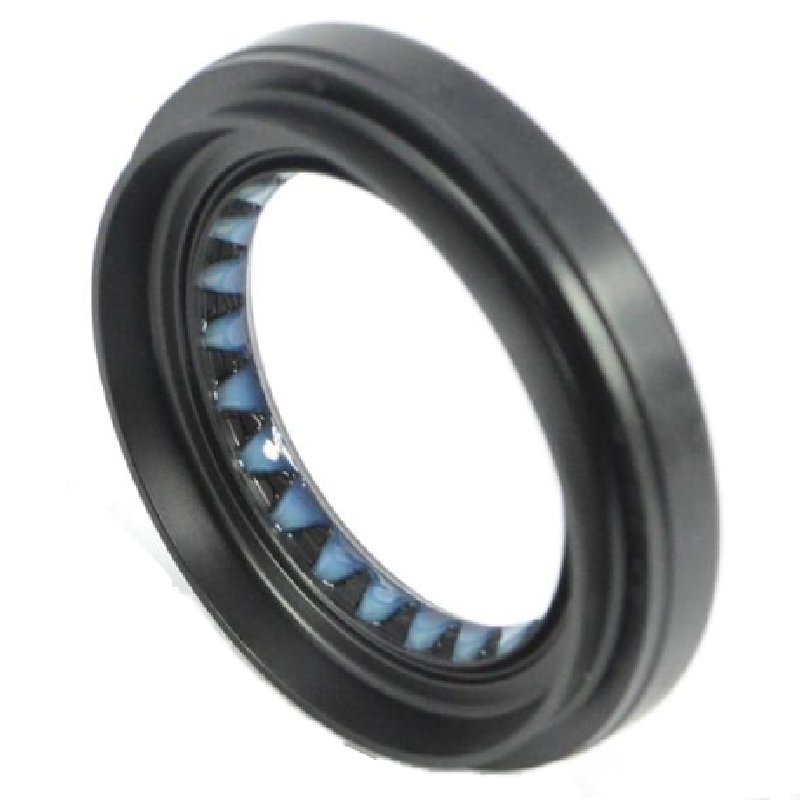torque convertor seal
Understanding Torque Converter Seals Importance and Functionality
A torque converter is a crucial component of an automatic transmission system in vehicles, facilitating the transfer of power from the engine to the transmission. Within this system, the torque converter seal plays a vital role in ensuring efficiency and functionality. This article delves into the significance, types, and maintenance of torque converter seals.
The Role of Torque Converter Seals
Torque converter seals are designed to prevent fluid leaks between the different components of the torque converter. These seals help maintain hydraulic pressure, which is essential for the smooth operation of the torque converter. A well-functioning torque converter converts engine power into hydraulic energy, which enables the vehicle to move. If the seals fail, it can lead to fluid leaks, resulting in decreased hydraulic pressure and, consequently, poor transmission performance.
Types of Torque Converter Seals
There are primarily two types of seals found in torque converters the front seal and the output seal
.1. Front Seal This seal is located at the front of the torque converter, where it interfaces with the engine flexplate. It is crucial in preventing transmission fluid from leaking out of the torque converter housing. A damaged front seal can lead to significant fluid loss and transmission overheating.
2. Output Seal Located at the rear of the torque converter, this seal prevents fluid from leaking into the transmission. It is essential for maintaining the correct fluid levels within the transmission, as well as preserving the overall efficiency of the drivetrain.
torque convertor seal

Signs of Seal Failure
Recognizing the signs of failing torque converter seals is key to avoiding more extensive repairs. Common symptoms include
- Fluid Leaks Noticeable transmission fluid spots under the vehicle can indicate seal failure. - Slipping Transmission If the vehicle experiences a lack of power or hesitation during acceleration, it may suggest a drop in hydraulic pressure due to leaking seals. - Overheating Insufficient transmission fluid caused by leaks can lead the transmission to overheat, potentially resulting in severe damage.
Maintenance and Care
Regular vehicle maintenance can significantly extend the life of torque converter seals. Here are some tips
- Fluid Checks Regularly check the transmission fluid levels and condition. Dark, burnt-smelling fluid is a sign of potential problems. - Inspect Seals During routine service, have a mechanic inspect the torque converter seals for any signs of wear or damage. - Fluid Change Follow the manufacturer’s guidelines for fluid change intervals, as old or contaminated fluid can accelerate seal wear.
In conclusion, torque converter seals are small but critical components in the efficient operation of an automatic transmission system. Their proper functioning ensures that power is effectively transmitted from the engine to the wheels, which is essential for vehicle performance. Regular inspection and maintenance of these seals can prevent costly repairs and ensure a smooth driving experience. Always consult with a professional technician if any signs of seal failure are observed to maintain your vehicle's health.
-
The Ultimate Guide to Car Repair Kits: Tools and Essentials Every Driver Should Own
News Aug.01,2025
-
The Complete Guide to Oil Pan Gaskets: Sealing Engine Leaks the Right Way
News Aug.01,2025
-
Preventing Oil Leaks: A Complete Guide to Oil Pan Gaskets and Drain Seals
News Aug.01,2025
-
Everything You Need to Know About Oil Pan Gaskets and Drain Plug Seals
News Aug.01,2025
-
Essential for Car Owners: How to Use a Car Repair Kit to Deal with Minor Breakdown
News Aug.01,2025
-
Comprehensive Guide to Engine Oil Sump Gaskets and Related Seals
News Aug.01,2025
-
The Ultimate Guide to Boat Propeller Bearings and Trailer Wheel Bearings
News Jul.31,2025
Products categories















